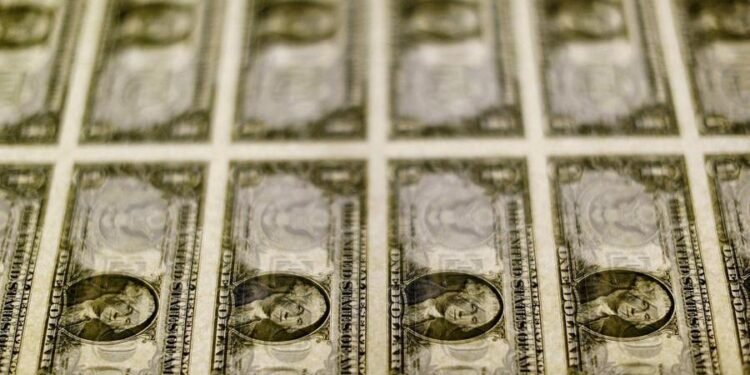
Treasury yields fell on Wednesday on safe haven demand after stock markets opened lower, while investors waited on key jobs data on Friday for clues on the size of an expected interest rate cut at the Federal Reserve’s policy meeting this month.
Stocks sold off sharply on Tuesday, which was blamed in part on weak manufacturing data, as investors worry that the U.S. may be facing an imminent recession. The main U.S. stock indexes opened lower again on Wednesday.
Friday’s jobs data for August is this week’s main economic focus, coming after a surprise increase in unemployment and weaker than expected jobs gains in July.
“The big event of the week comes in the form of Friday’s payrolls print,” said Ian Lyngen, head of U.S. rates strategy at BMO Capital Markets in New York. “That’s to a large extent going to give us the roadmap for what to expect from the Fed. The employment data is now overshadowing inflation as the biggest risk to near-term policy expectations.”
The employment report is expected to show that employers added 160,000 jobs during the month, according to the median estimate of economists’ polled by Reuters. The unemployment rate is anticipated to ease to 4.2%, from 4.3% the prior month.
With inflation continuing to decline closer to the Fed’s 2% annual target, traders are closely watching the jobs market for signs of economic strength. It will likely be key as to whether the U.S. central bank cuts interest rates by 25 or 50 basis points at its Sept. 17-18 meeting.
Traders are pricing in a 61% chance of a 25 basis point rate reduction, and a 39% chance of a 50 basis points cut, according to the CME Group’s FedWatch Tool. The Fed is expected to make further cuts at its November and December meetings.
Interest rate sensitive two-year note yields were last down 4.7 basis points on the day at 3.8405%. Benchmark 10-year note yields fell 2.6 basis points to 3.818%.
The yield curve between two- and 10-year yields was at minus 2.4 basis points. This part of the yield curve briefly turned positive on Aug. 5 for the first time in two years.
The inversion in the yield curve, in which longer-dated yields are lower than shorter-dated ones, is typically viewed as a sign that a recession is likely within the next 18 months to two years, though the current inversion has lasted longer than in previous episodes.
(Reporting By Karen Brettell; Editing by Sharon Singleton)










